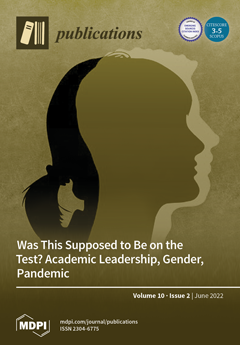Objective: To perform a systematic review and bibliometric analysis of systematic reviews and meta-analyses published in the
Annals of Surgery during a 10-year eligibility period and determine the unambiguity of concluding statements of these reviews published in the journal.
Background: Systematic reviews and meta-analyses integrate clinically pertinent results from several studies to replicate large-volume, ‘real world’ scenarios. While the assimilation of results from multiple high-quality trials are at the summit of the evidence-base, the increasing prevalence of reviews using low-to-moderate levels of evidence (LOE) limit the ability to make evidence-based conclusions. In surgery, increasing LOE are typically associated with publication in the highest impact surgical journals (e.g.,
Annals of Surgery).
Methods: A systematic review was performed as per PRISMA guidelines. An electronic search of the
Annals of Surgery for articles published between 2011 and 2020 was conducted. Descriptive statistics were used.
Results: In total, 186 systematic reviews (with or without meta-analyses) were published in the
Annals of Surgery between 2011 and 2020 (131 systematic reviews with meta-analyses (70.4%) and 55 without meta-analyses (29.6%)). Study data were from 22,656,192 subjects. In total, 94 studies were from European research institutes (50.5%) and 58 were from North American institutes (31.2%). Overall, 75.3% of studies provided conclusive statements (140/186). Year of publication (
P = 0.969), country of publication (
P = 0.971), region of publication (
P = 0.416), LOE (
P = 0.342), surgery performed (
P = 0.736), and two-year impact factor (IF) (
P = 0.251) failed to correlate with conclusive statements. Of note, 80.9% (106/131) of meta-analyses and 61.8% of systematic reviews (34/55) provided conclusive statements (
P = 0.009, †).
Conclusions: Over 75% of systematic reviews published in the
Annals of Surgery culminated in conclusive statements. Interestingly, meta-analyses were more likely to provide conclusive statements than systematic reviews, while LOE and IF failed to do so.
Full article





